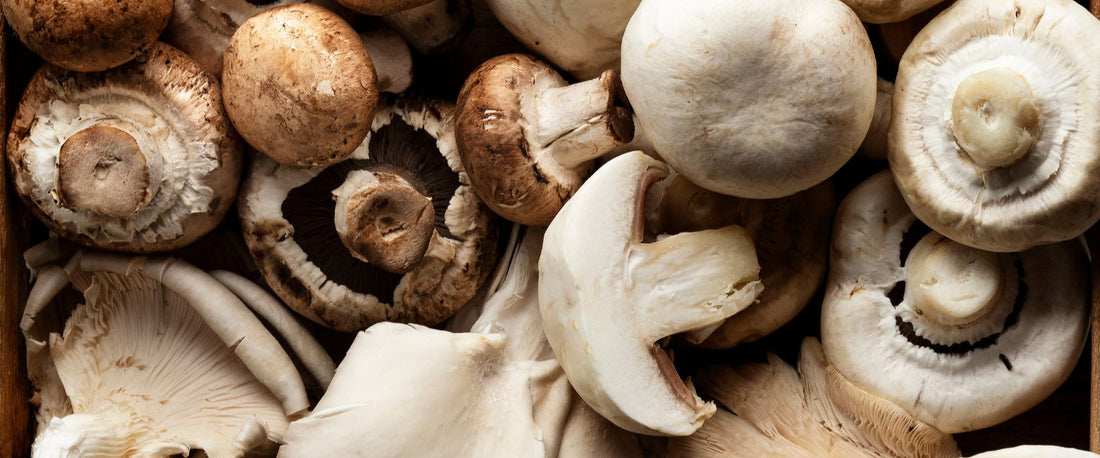
Ergothioneine is a naturally occurring amino acid and a powerful antioxidant that has gained increasing attention for its potential health benefits. Found primarily in mushrooms and certain bacteria, this amino acid cannot be synthesized by the human body and must be obtained through diet. Its rarity and distinctive properties make it an important nutrient for supporting cellular health and protecting against oxidative stress.
What Is Ergothioneine?
- First discovered in 1909 by Charles Tanret, who isolated it from the ergot fungus.
- Recognized today as a unique antioxidant with the ability to accumulate in tissues most vulnerable to oxidative stress, such as the liver, kidneys, eyes, and bone marrow.
- Water-soluble, which allows it to act in different cellular compartments and provide broad antioxidant protection.
- Primary dietary sources include mushrooms as well as black and red beans.
- Since humans cannot produce it, regular intake through food or supplements is the main way to support adequate levels.
Why Is It Important?
1. Ergothioneine has strong antioxidant and cytoprotective properties.
2. Key roles include:
- Scavenging reactive oxygen species (ROS) and free radicals, thereby reducing oxidative damage and inflammation.
- Supporting mitochondrial function and energy balance.
- Helping protect DNA from oxidative stress.
- Contributing to immune system support.
3. Research suggests it may also play a role in protecting nerve cells from oxidative damage, which could be relevant for healthy cognitive aging.
The Future of Ergothioneine in Health and Wellness
- Ongoing studies continue to explore the benefits of Ergothioneine.
- Its antioxidant and anti-inflammatory actions, along with potential neuroprotective effects, make it a promising nutrient for supporting longevity and overall wellness.
- As more people seek natural ways to maintain their health, Ergothioneine is emerging as a valuable component in the wellness community.
References
1. Kalaras, M. D., Richie, J. P., Calcagnotto, A., & Beelman, R. B. (2017). Mushrooms: A rich source of the antioxidants ergothioneine and glutathione. Food Chemistry, 233, 429-433.
2. Paul, B. D., & Snyder, S. H. (2010). The unusual amino acid L-ergothioneine is a physiologic cytoprotectant. Cell Death & Differentiation, 17(7), 1134-1140.
3. Halliwell, B., & Cheah, I. K. (2013). Ergothioneine; antioxidant potential, physiological function and role in disease. Biochemical Pharmacology, 86(8), 1151-1157.